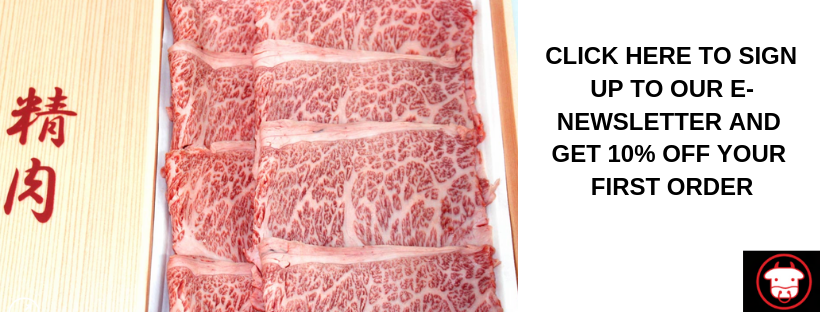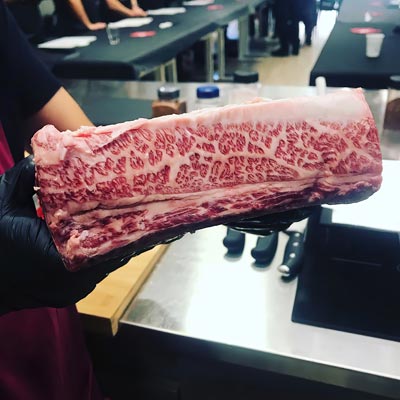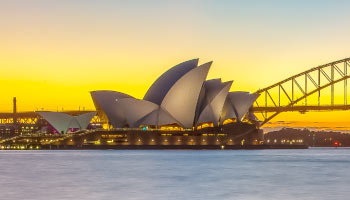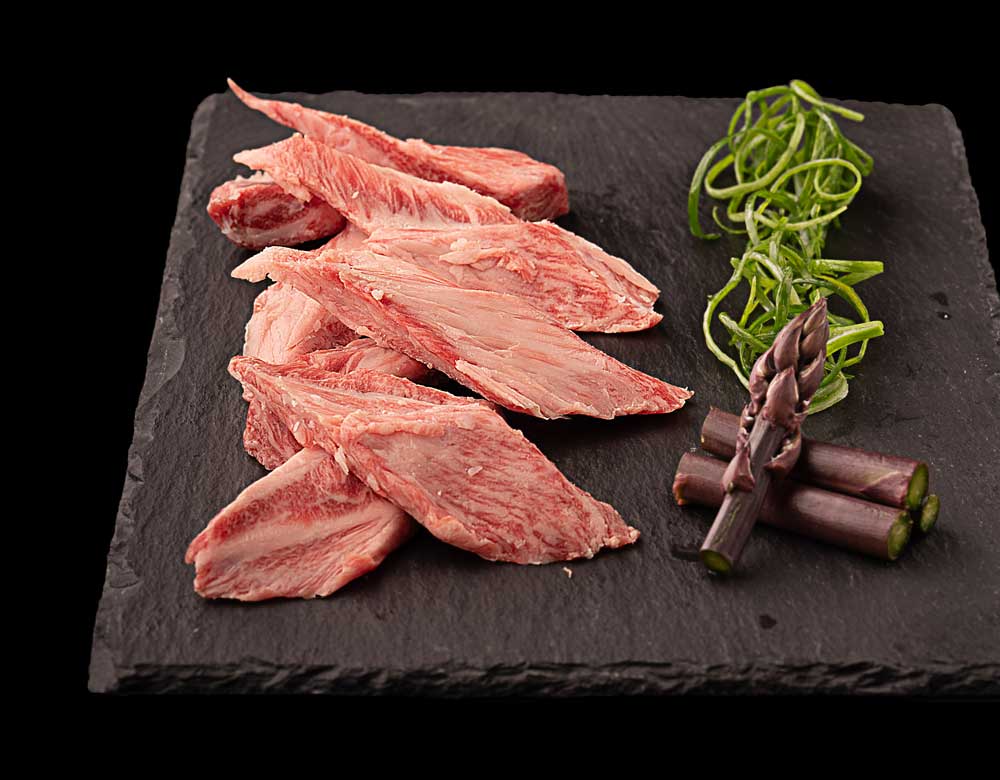We’re often asked what the difference is between Australian Wagyu and Japanese Wagyu. Whilst both types of Wagyu beef are delicious, here are the reasons why they are different.
Fullblood vs crossbred
Despite Australian Wagyu cattle’s bloodlines originating from Japan, they are bred, fed, grown and processed in Australia.
Our most prevalent Wagyu bloodlines come from the Japanese provinces of Tajima, Tottori, Shimane and Okayama.
But, according to Kimio Osawa, Founder of Osawa Enterprises, most Australian Wagyu cattle are crossbred.
“Over 95% of Australian Wagyu cattle are crossbred with other breeds. This makes them Crossbred or Purebred Wagyu,” Kimio says.
On the other hand, Japanese Wagyu cattle have a pure lineage with no crossbreeding, making them 100% fullblood Wagyu.
Bred, fed, grown and processed in Japan, this makes Japanese Wagyu beef more exclusive and expensive than Australian Wagyu.
Marbling
Wagyu is famed for its high levels of marbling.
Even though Australian Wagyu beef has large amounts of this intramuscular fat, it is not to the same extent as Japanese Wagyu’s marbling.
“Japanese Wagyu is more marbled than Australian Wagyu,” Kimio says.
Australian Fullblood, Purebred and Crossbred Wagyu beef all have varying levels of marbling.
The Australian beef grading systems are also different from the Japanese grading system.
Our two systems, AUS-MEAT and Meat Standards Australia, both have a marble score from 0 to 9. Australian Wagyu usually gets a 6 score.
In comparison, Japanese Wagyu is world famous for its high levels of marbling.
Japanese Wagyu is graded according to the Japanese Beef Grading System. This system looks at yield from A to C, beef quality from 1 to 5 and a beef marble score from 3 to 12.
Considered the ‘Rolls-Royce’ of beef and also the most marbled, only Japanese Wagyu can receive the prized A5 score.
Texture and size
Whilst Australian Wagyu beef is rich and buttery like Japanese Wagyu, there are some differences when it comes to texture and size.
Australia’s soils, grasses and climate all make Australian Wagyu beef naturally different to Japanese Wagyu.
What’s more, different feeding techniques also impact Wagyu’s texture and size.
Australian Crossbred Wagyu are fed for 350 to 450 days, whilst Japanese Wagyu cattle are fed for 600 days or more.
The long-fed feeding technique makes Japanese Wagyu more tender and larger in size compared to Australian Wagyu.
“Japanese Wagyu is probably twice the size of Australian Wagyu and has a distinctive sweet flavour that comes in through the nose,” Kimio says.
Despite the differences between Australian Wagyu and Japanese Wagyu, both are delicious, which is why we highly recommend that you try both!






